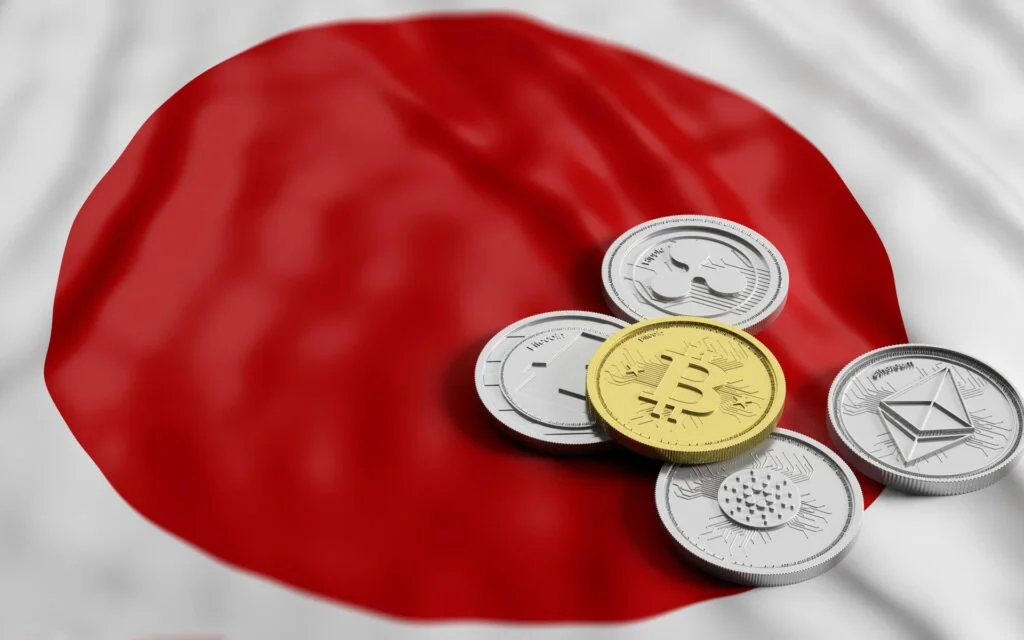According to industry insiders, the existing plan is preventing domestic innovation in the cryptocurrency space.

Prior to the country’s 2023 tax overhaul, Japan’s Financial Services Agency is reportedly considering changing the corporate entity cryptocurrency taxation structure. The proposed amendment would eliminate capital gain liabilities for corporate crypto assets that have not been sold at the end of each tax year and reclassify virtual assets so that the maximum capital gains tax that would apply would drop from 55% to 20%.
Unrealized capital gains on virtual currencies are recognized as income under current tax legislation in Japan at the end of each fiscal year (on March 31), resulting in income tax liabilities. Additionally, earnings from cryptocurrency for both individuals and businesses that exceed 200,000 JPY ($1,463) in any fiscal year are categorized as “miscellaneous income” and are subject to tax at a rate between 15% and 55%, inclusive of the local resident’s tax rate. In contrast, the greatest level of taxation on gains from trading stocks and currencies is merely 20%.
The nominal rates of 55% and higher also apply to foreign nationals who live in Japan permanently. Bitcoin mining, decentralized lending, and simple cryptocurrency trading are just a few examples of crypto-income-generating activities that are all taxed in accordance with miscellaneous income. Additionally, any capital losses resulting from cryptocurrency operations in future years cannot be carried forward.
Industry insiders claim that Japanese cryptocurrency businesses’ large tax burdens are a major factor in their decision to relocate their corporate domiciles outside of Japan. One such business, Astar Network, a decentralized network hub on Polkadot, made the decision earlier this year to issue its tokens abroad in order to avoid onerous tax obligations and is currently based in Singapore. Sota Watanabe, the founder of Astar, commented on the planned tax reform, saying that it may provide “excellent momentum for the Web3 business, even though it is still in the middle of the road.”
